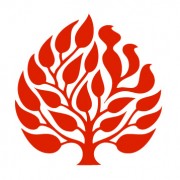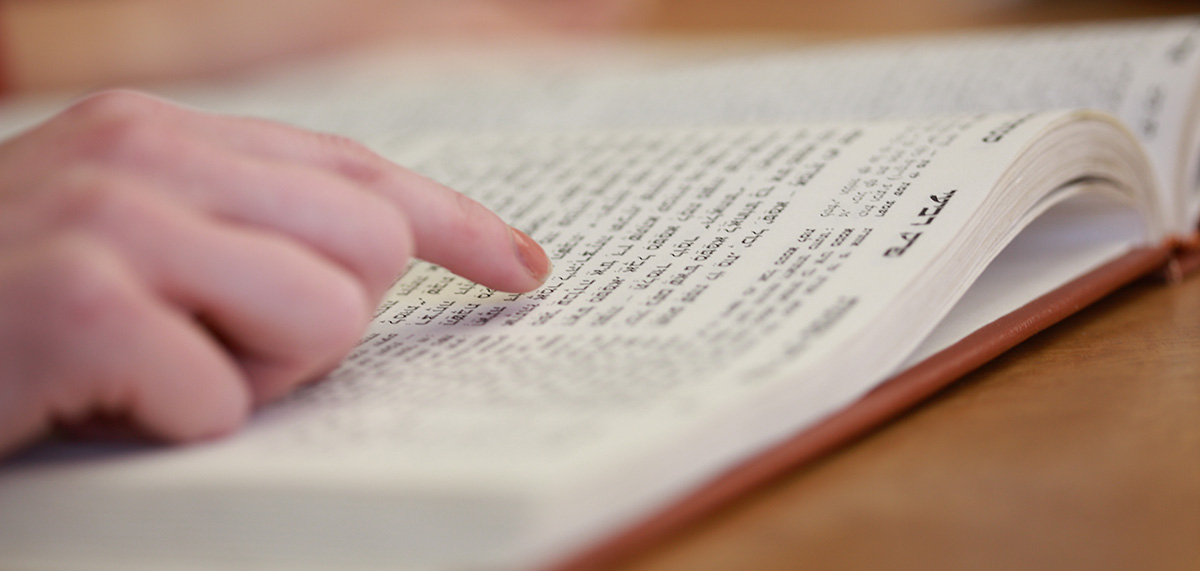



Vayak-hel-Pekudei
Jan 1, 1980
1 Moses then convoked the whole Israelite community and said to them:
These are the things that the Lord has commanded you to do: 2 On six days work may be done, but on the seventh day you shall have a sabbath of complete rest, holy to the Lord; whoever does any work on it shall be put to death.
Read More
Tazria-Metzora
Jan 1, 1980
1 The Lord spoke to Moses, saying: 2 Speak to the Israelite people thus: When a woman at childbirth bears a male, she shall be unclean seven days; she shall be unclean as at the time of her menstrual infirmity.
Read More
Aharei Mot-Kedoshim
Jan 1, 1980
1 The Lord spoke to Moses after the death of the two sons of Aaron who died when they drew too close to the presence of the Lord. 2 The Lord said to Moses:
Tell your brother Aaron that he is not to come at will into the Shrine behind the curtain, in front of the cover that is upon the ark, lest he die; for I appear in the cloud over the cover.

Behar-Behukkotai
Jan 1, 1980
1 The Lord spoke to Moses on Mount Sinai: 2 Speak to the Israelite people and say to them:
When you enter the land that I assign to you, the land shall observe a sabbath of the Lord.
Read More
Hukkat-Balak
Jan 1, 1980
1 The Lord spoke to Moses and Aaron, saying: 2 This is the ritual law that the Lord has commanded:
Instruct the Israelite people to bring you a red cow without blemish, in which there is no defect and on which no yoke has been laid.
Read More
Mattot-Masei
Jan 1, 1980
3 If a man makes a vow to the Lord or takes an oath imposing an obligation on himself, he shall not break his pledge; he must carry out all that has crossed his lips.
Read More
Nitzavim-Vayeilekh
Jan 1, 1980
9 You stand this day, all of you, before the Lord your God — your tribal heads, your elders and your officials, all the men of Israel, 10 your children, your wives, even the stranger within your camp, from woodchopper to waterdrawer — 11 to enter into the covenant of the Lord your God, which the Lord your God is concluding with you this day, with its sanctions; 12 to the end that He may establish you this day as His people and be your God, as He promised you and as He swore to your fathers, Abraham, Isaac, and Jacob.
Read More



Korah
Jan 1, 1980
1 Now Korah, son of Izhar son of Kohath son of Levi, betook himself, along with Dathan and Abiram sons of Eliab, and On son of Peleth — descendants of Reuben — 2 to rise up against Moses, together with two hundred and fifty Israelites, chieftains of the community, chosen in the assembly, men of repute.
Read More

Shelah Lekha
Jan 1, 1980
1 The Lord spoke to Moses, saying, 2 “Send men to scout the land of Canaan, which I am giving to the Israelite people; send one man from each of their ancestral tribes, each one a chieftain among them.”
Read More
Shelah Lekha
Jan 1, 1980
1 Joshua son of Nun secretly sent two spies from Shittim, saying, “Go, reconnoiter the region of Jericho.” So they set out, and they came to the house of a harlot named Rahab and lodged there.
Read More
Beha’alotekha
Jan 1, 1980
14 Shout for joy, Fair Zion! For lo, I come; and I will dwell in your midst–declares the Lord.
Read MoreSUBSCRIBE TO TORAH FROM JTS
Our regular commentaries and videos are a great way to stay intellectually and spiritually engaged with Jewish thought and wisdom.




